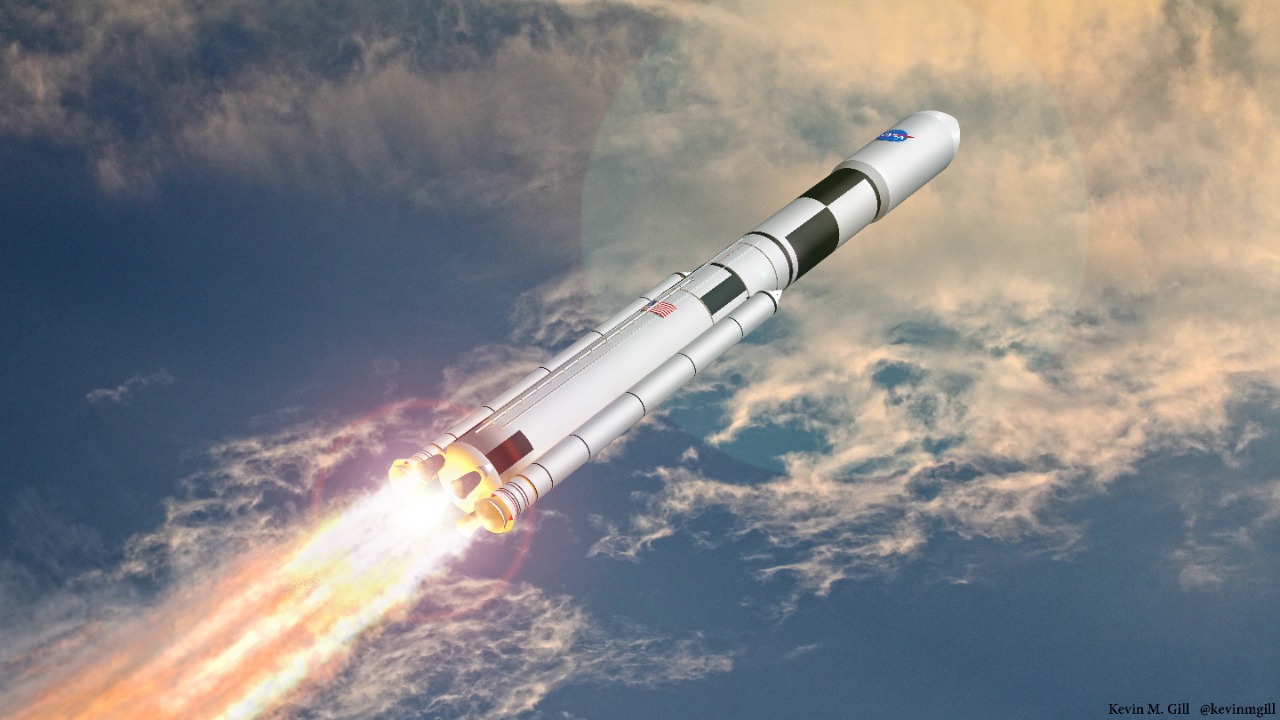
The acting NASA chief has issued a stark warning that SpaceX might lose its contract for the Artemis 3 astronaut moon-landing mission due to significant delays. The chief bluntly stated, “The problem is, they’re behind,” prompting NASA to consider opening the contract to rival bids. This move could allow competitors to step in, as the U.S. aims to maintain its lead over China in lunar exploration.
Artemis Program Overview
The Artemis program is NASA’s ambitious initiative to return humans to the Moon, with the goal of achieving a crewed landing by the mid-2020s. Artemis 3 is set to be the first mission to land astronauts on the lunar surface since the Apollo era. The program’s sequence includes Artemis 2, an orbital test flight that was initially planned for late 2024. However, NASA is now accelerating this timeline, aiming to “hit the gas” and expedite the mission’s progress. This urgency underscores the importance of the Artemis program in re-establishing a human presence on the Moon.
International partnerships and collaborations with private companies are crucial to the Artemis program’s success. NASA relies heavily on private entities like SpaceX to provide essential hardware, such as the human landing system. These partnerships are designed to leverage the expertise and innovation of the private sector, ensuring that NASA can meet its ambitious objectives while fostering a competitive environment that encourages technological advancement.
SpaceX’s Contract for Artemis 3
In 2021, SpaceX secured a $2.9 billion contract to develop the Starship human landing system for Artemis 3. This system is intended to transport astronauts from lunar orbit to the Moon’s surface, playing a pivotal role in the mission’s success. The original timeline for Artemis 3 targeted a launch no earlier than 2026, with SpaceX tasked with demonstrating both uncrewed and crewed capabilities as part of its contractual obligations.
Beyond Artemis 3, SpaceX’s involvement in the Artemis program extends to providing launch vehicle integration for earlier missions. This broader role highlights SpaceX’s integral position within NASA’s lunar exploration strategy. However, the company’s ability to deliver on these commitments is now under scrutiny, as delays threaten to derail the mission’s timeline and objectives.
Delays Impacting SpaceX’s Performance
SpaceX has encountered several setbacks in its Starship development, including multiple test flight explosions and regulatory hurdles imposed by the FAA. These challenges have significantly delayed key milestones, raising concerns about SpaceX’s ability to meet its contractual obligations for the Artemis 3 lander. The acting NASA chief’s assessment that “the problem is, they’re behind” reflects the growing frustration with SpaceX’s progress and the potential impact on the mission’s timeline.
The delays have jeopardized the overall timeline for Artemis 3, prompting NASA to reconsider its contract with SpaceX. The possibility of losing the contract has significant implications for SpaceX, as it could reshape the company’s role in the Artemis program and affect its reputation as a reliable partner for NASA’s lunar exploration efforts.
NASA’s Move to Seek Rival Bids
In response to SpaceX’s lagging performance, NASA has decided to open the Artemis 3 contract to competitors. This decision, announced by the acting chief, underscores NASA’s urgency to maintain momentum and avoid further delays. The process for soliciting new proposals is designed to ensure that NASA can keep the Artemis program on track, despite the challenges posed by SpaceX’s setbacks.
Potential rivals, such as Blue Origin, are already developing their own lunar landers under separate NASA contracts. These companies could provide viable alternatives to SpaceX, offering NASA the flexibility to choose the best option for achieving its lunar exploration goals. The introduction of competition into the Artemis program highlights NASA’s commitment to ensuring the success of its missions, even if it means reevaluating existing partnerships.
Geopolitical Stakes with China
The decision to seek rival bids for Artemis 3 is not just about maintaining the mission’s timeline; it is also a strategic move to outrun China’s accelerating lunar program. China has announced plans for a crewed lunar landing by 2030, raising concerns about the potential for China to establish a permanent presence on the Moon before the U.S. can do so. This competition is part of a broader space race, with significant geopolitical implications.
Delays in SpaceX’s work could allow China to gain strategic advantages in lunar resource exploration and basing. The U.S. is keenly aware of these stakes, and NASA’s “desperate Artemis 3 gamble” reflects the urgency of maintaining its leadership in space exploration. The outcome of this competition could have far-reaching consequences for both countries’ positions in the global space arena.
Implications for Future Missions
If SpaceX loses the Artemis 3 contract, it could have a profound impact on the Artemis program’s timeline, potentially delaying the 2026 landing target. This would also affect subsequent missions, such as Artemis 4, as NASA would need to integrate a new lander provider while accelerating preparations for Artemis 2. The financial and technical ripple effects of such a change could be significant, requiring NASA to navigate complex logistical challenges.
The broader impact on U.S. space leadership is also a concern. The acting chief’s warning about the risks of over-reliance on a single contractor underscores the need for a diversified approach to space exploration. By opening the Artemis 3 contract to competitors, NASA aims to mitigate these risks and ensure the continued success of its lunar exploration efforts.